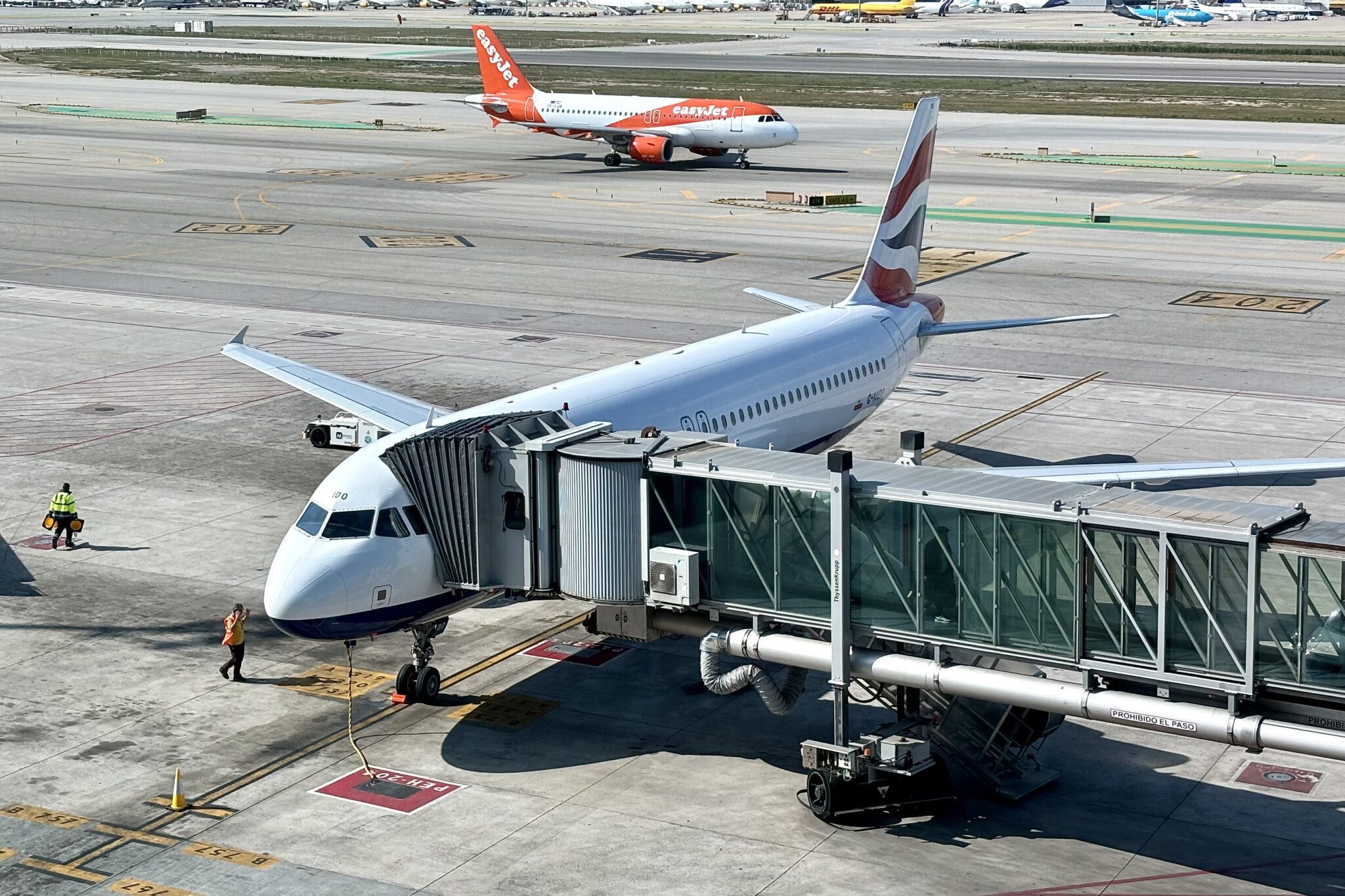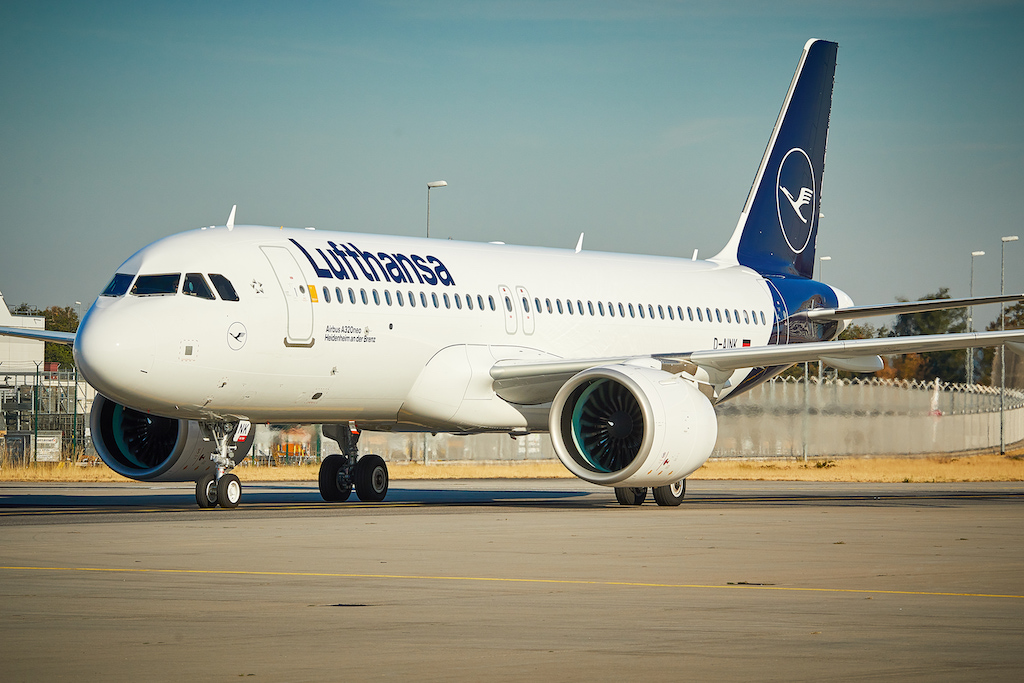What do Alaska Airlines, Allegiant Air, American Airlines, Delta Air Lines, Hawaiian Airlines and JetBlue Airways all have in common? They are all adding new routes — in some cases a lot of new routes — to Austin.
Fort Worth, Texas-based American is the latest to pile on: The carrier will add 10 new routes from Austin between May and August. Las Vegas, Nashville, New Orleans and Orlando flights begin on May 2; Aspen, Destin-Fort Walton Beach and Los Cabos seasonal summer service on June 2; Tampa on June 3; Raleigh-Durham on July 2; and Washington Dulles on August 17. When the expansion is over, American will serve 20 cities nonstop — second only to market leader Southwest Airlines — from the Texas capital.
“We wanted to make sure we keep being differentiated there, and the best way to be differentiated is with nonstop service,” American Vice President of Network and Schedule Planning Brian Znotins told Airline Weekly.
American is not the only airline thinking of nonstops. On Wednesday, Alaska unveiled new service between Boise and Austin from June 17. Previous route announcements include Allegiant to Bozeman and Northwest Arkansas this summer; Hawaiian to Honolulu from April 21; and JetBlue to Raleigh-Durham and San Francisco on February 11, and Cancun on March 4.
And last week, Delta President Glen Hauenstein told Raymond James analysts that the airline will only focus on two of its “focus cities” — Austin and Raleigh-Durham — as it recovers from the pandemic.
“I’m not big on the labels,” said Znotins when asked whether American would consider Austin a “focus city” after its route expansion. The city will boast, along with Boston, the most routes of any non-hub on its map.
Austin Strength
Austin has emerged as something of a pandemic destination for both for businesses and people. Software firm Oracle unveiled plans to move its headquarters to the city in December, and Tesla aims to open a giant new factory there later this year. Speaking of Tesla, the company’s high-profile founder Elon Musk announced he was moving to Texas — with Austin the odds-on favorite — in December as well.
Recent projections from the Austin Housing and Planning Department estimate the city’s population grew 2.15 percent to just over 1 million people in 2020, its fastest growth since 2017. The larger Austin metropolitan area grew by 3.1 percent to 2.3 million people last year.
And economically, eight months of continuous growth in the Austin Business-Cycle Index — a measure of economic activity — through December indicated a “steady improvement” in the local economy, according to the Dallas Federal Reserve Bank. The same measure doubled from 2010 to 2019, which the bank called “robust” growth at the time.
“Austin is regularly up there in the top regions for economic growth,” said Kevin Schorr, a consultant at Campbell-Hill Aviation Group who advises the Austin airport on air service. “It makes sense to invest in this market now, especially when you don’t need your 12 flights to Dallas.”
No one airline dominates the Austin market. Southwest flew the most passengers with a nearly 35 percent share during the year ending November 2020, Bureau of Transportation Statistics data via Cirium show. American came in second with a 20 percent share, followed by United Airlines and Delta, each with a roughly 12 percent share.
The lack of a single dominant carrier means Austin is ripe for a carrier to “win” — though winning may mean more stiff competition in the short term
American, for its part, is betting that its new routes coupled with those of its partners will make it the airline-of-choice for Austinites. Its expansion includes codesharing with Alaska on flights between Austin and Portland, Ore., San Diego, San Francisco and Seattle, as well as JetBlue flights between Austin and New York JFK. American also hopes to add its code to Alaska’s new Boise flight, Znotins said.
Whether another carrier responds to American’s growth remains to be seen. Every carrier has idled jets that executives frequently say make long-planned route expansions easy during the crisis.
But the reality is, even with new routes and destinations, the big four U.S. carriers — American, Delta, Southwest and United — remain far smaller than they were in 2019. The recovery to pre-Covid travel levels is expected to take several years, in part because corporate road warriors could take 12-18 months longer to return than their leisure counterparts.





